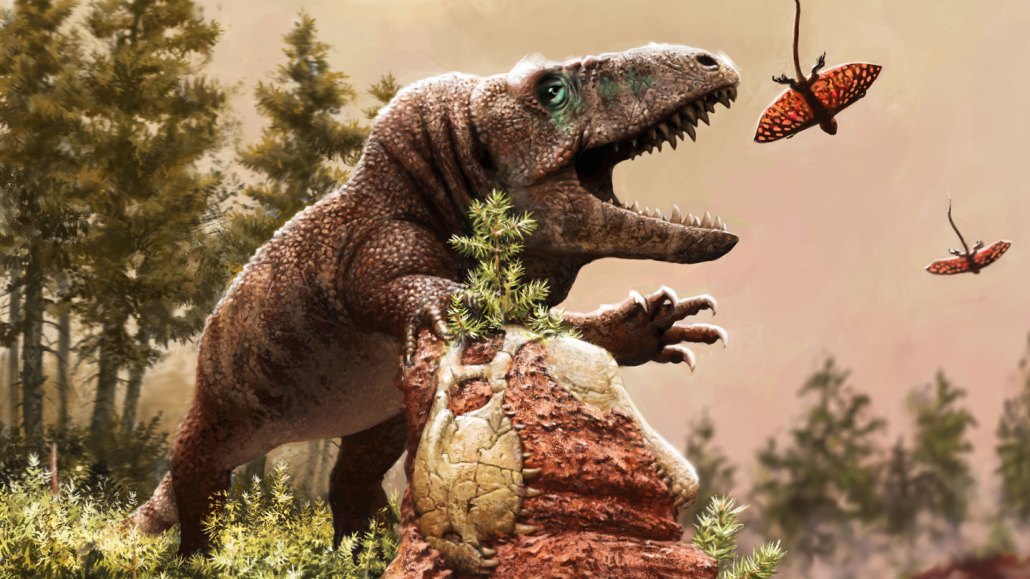
In this artist’s rendition, a carnivorous erythrosuchid — a close relative of crocodiles and dinosaurs — hunts tiny gliding reptiles about 240 million years ago, during one of the warmest periods in Earth’s history.
Henry Sharpe

In this artist’s rendition, a carnivorous erythrosuchid — a close relative of crocodiles and dinosaurs — hunts tiny gliding reptiles about 240 million years ago, during one of the warmest periods in Earth’s history.
Henry Sharpe